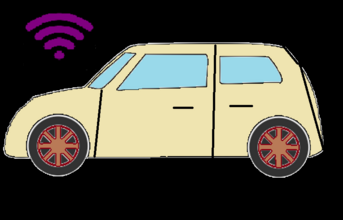
The automobile industry globally is integrating more and more telematics to monitor performance and detect any flaws in its vehicles and simultaneously meeting the demands of its users for wireless connectivity.
According to a research by iSupply, the BRIC region has the fastest growing auto industry, in comparison to other western countries, and the percentage of vehicles embedded with Telematics technology is expected to reach 46 % globally by the end of 2018.
It's not only Asia that has a tremendous potential, as according to ABI research's Consumer Survey report, telematics penetration in cars is expected to increase from 11.4% in 2012 to 60.1% in 2017.
While penetration in the US and Western Europe will exceed 80 per cent by 2017, developing regions such as Latin America and Eastern Europe will also see strong increase in telematics penetration in new vehicles, mainly driven by mandates in Brazil and Russia.
As per the latest technology trend IoT-enabled "connected car" turns the vehicle itself into a hub for an entire ecosystem of connected services that offers consumers a wealth of benefits including enhanced safety and security, a richer user experience and a new suite of M2M product offerings.
M2M devices today are much smaller, cheaper, more energy efficient as well as more sensitive and accurate. Though Indian Telematics industry is still in its growing stages, it is estimated to reach $150 million over the next few years.
Transportation companies in India have started to realize that Telematics is not just about monitoring, but is also about achieving transparency in business processes and efficiency. The demand for Telematics modules is primarily driven by commercial markets such as fleet management and passenger vehicle segment.
(Continued on the next page)


























